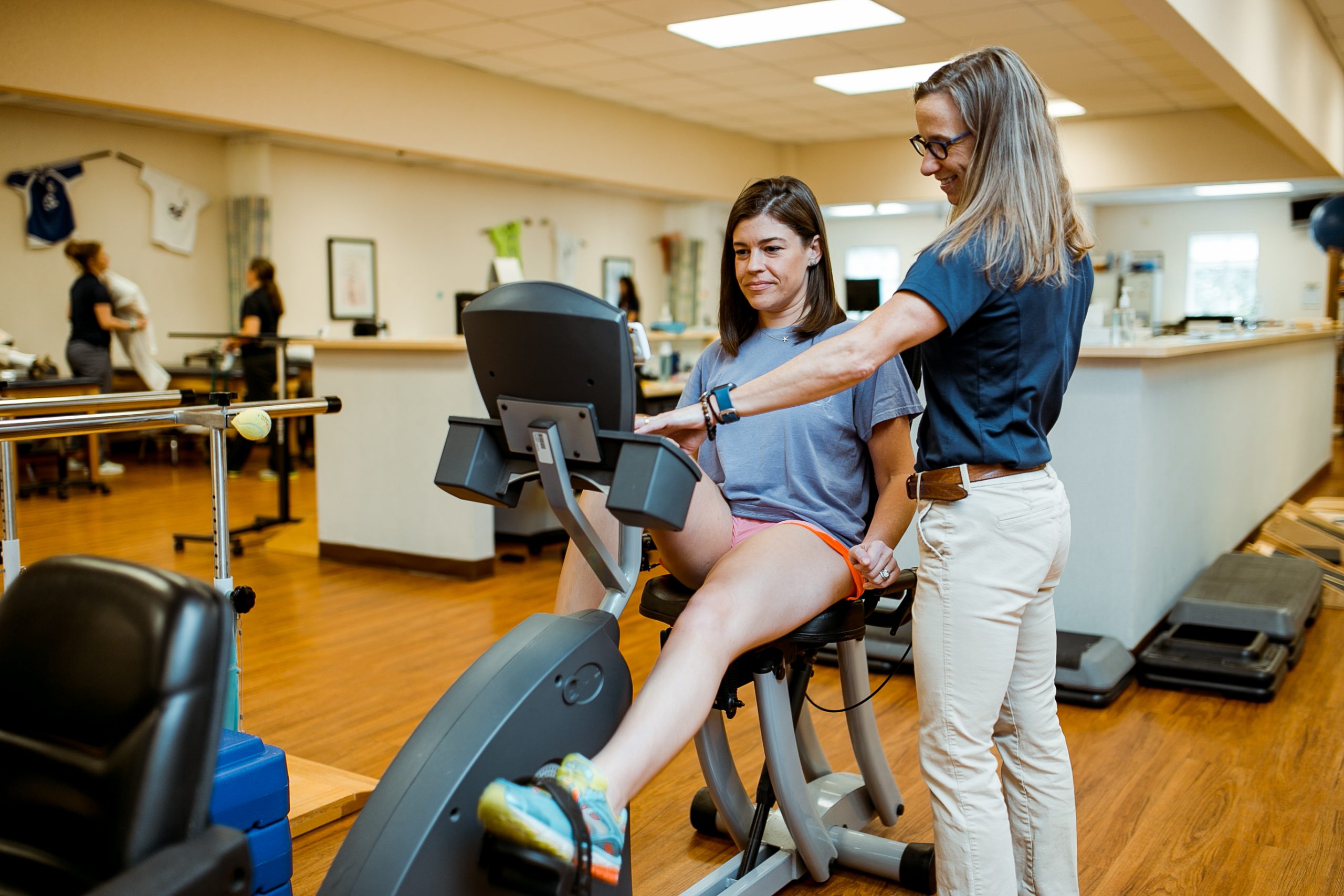Utilizing the Potential of Smart Wellness Trackers to Enhance Personal Coaching Performance
Utilizing the Potential of Smart Wellness Trackers to Enhance Personal Coaching Performance
Blog Article
Portable fitness monitors has turned into well-liked instruments for numerous individuals focused in improving their health and fitness. These gadgets, often worn on the wrist like a watch, can track various physical activities, such as footsteps walked, cardiac rhythm, and energy burned. With advanced technology, they provide users with real-time data, which can help them make informed decisions about their workouts and lifestyle. By harnessing the power of these tools, personal trainers can significantly enhance their clients' training outcomes and general health paths.
One of the main benefits of wearable fitness trackers is their ability to monitor bodily movement levels during the daily routine. This information assists individuals establish realistic fitness goals based on their current activity levels. For example, if a client notices they only walk a specific amount of steps daily, a personal trainer can assist them develop a plan to gradually increase that number. This goal-setting method encourages clients to stay motivated and accountable, making it simpler to adhere to their fitness programs and reach their targeted results.
In addition to tracking everyday activities, wearable fitness trackers provide important information into a client's health metrics. Features like cardiac rate tracking and rest tracking can give personal trainers with crucial information about their clients' overall well-being. check that Knowing how a customer's body reacts to different workouts can assist trainers tailor their programs for maximum effectiveness. For instance, if a tracker indicates that a client’s cardiac rate remains high during light workouts, the trainer can adjust the difficulty or duration of the exercises to guarantee the customer is receiving the most out of their exercise classes.
Another benefit of utilizing wearable fitness monitors is the capability to examine patterns over the long term. Numerous gadgets connect with injury healing strategies mobile apps that provide detailed summaries on progress. Personal trainers can use this data to acknowledge clients' successes and address any challenges they may face. When clients can visualize their progress visually, it can enhance their confidence and encourage them to continue pushing hard. This continuous feedback loop is crucial for maintaining motivation and promoting long-term commitment to health objectives.
Lastly, wearable health trackers can foster a feeling of belonging among customers. Numerous gadgets allow users to connect with peers or participate in competitions, promoting light-hearted rivalry and support. Personal trainers can encourage their clients to engage with these community features, creating a network of encouragement and responsibility. This communal feature can make the health experience more enjoyable and rewarding, ultimately leading to improved outcomes. In conclusion, portable fitness monitors can be effective tools for personal trainers and their clients, transforming how individuals approach well-being and physical condition.